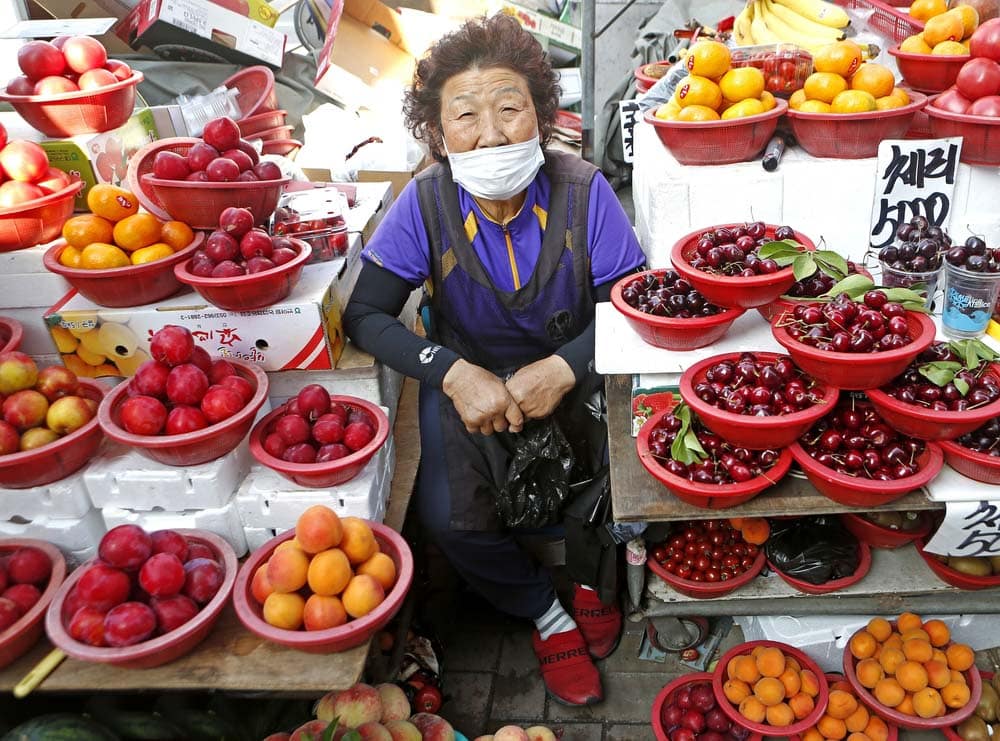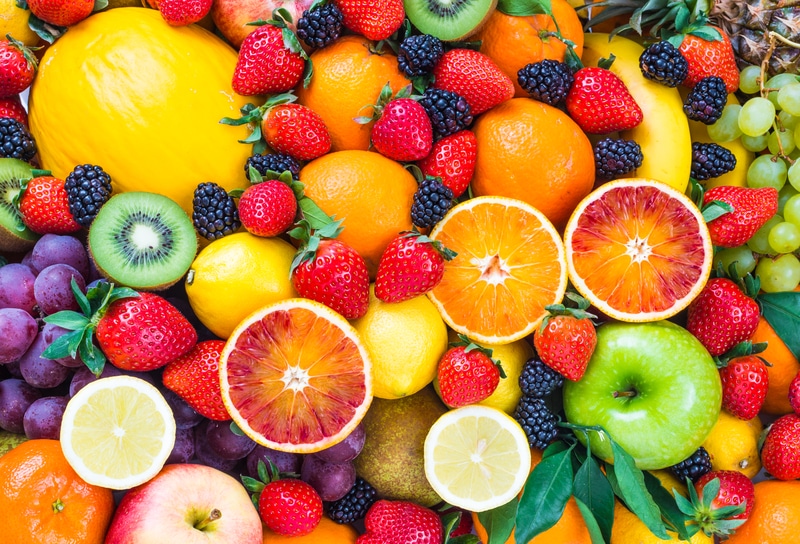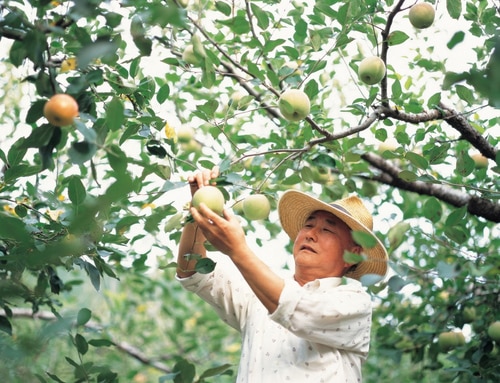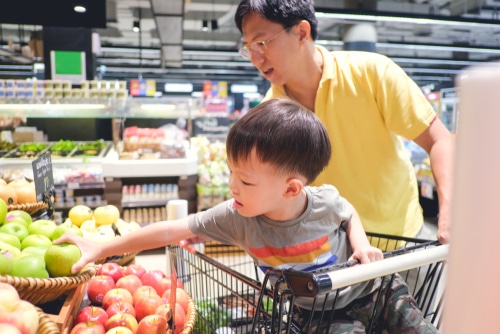
Many people start the new year with a host of New Year’s resolutions that they hope to stick to. One of them is to eat more vegetables and fruit so as to avoid the complications that come from a bad diet of processed foods with chemicals and toxins.
Fruit can help top up your energy levels, so it’s vital to give your body the best possible fuel it needs to fight infections and prevent the body from becoming run down.
But what if helping your body to help itself by providing it with the best foods comes at an impossible price? What if supplementing your diet with fruit is out of the question for Koreans because their fruit has just become too expensive?
Consumer advocacy groups tell us that the prices of imported fruits in South Korea are higher than in any other country. The domestic prices of fruits and vegetables were far higher than the average prices of other major countries.
Tropical fruits have to be imported
Just like in many other countries, Koreans enjoy tropical fruits, but they have to import fruits such as pineapples and bananas because their climate is too cool to grow them.
The won has also fallen to its lowest level in more than a decade, and this is making imported fruit more expensive. Also, fruit prices can be high because of supply and demand as well as shipping costs.
Fruits are seasonal, with peak seasons when they are in abundance, and then prices are more reasonable. Look at a typical Korean fruit as an example—the chamoe or Korean melon.
These fruits are a Korean domestic product, and because they are grown in greenhouses, they are available all year through and thus reasonably priced. Koreans appreciate that they are an excellent source of vitamins A and C to strengthen the immune system.
They’re a popular summer fruit found in local markets and supermarkets, with a large portion of them being cultivated in Seongju County, an agricultural region.
Traditional markets are cheaper than supermarkets
If you’re in Korea, and you’re looking for fruit that is still fairly reasonably priced, it is best to buy the fruits at traditional markets as opposed to your regular supermarkets.
In Seoul, Korea, quite a few gourmet grocery stores are open, and they offer wonderful specialty items such as organically grown fruits and vegetables. An example is the SSG Food Market in Seoul.
We Take a Look at Some Reasons Why Is Fruit So Expensive in Korea?
- Imported fruit prices rise with a stronger dollar
The rising U.S. dollar has raised the price of imported fruit. When the won, Korea’s currency, reaches a low against the dollar, the price of fruits goes up dramatically.
The rising exchange rate of the dollar against the won has always played a significant role in driving up the prices of imported fruits such as mangos and pineapples.
- Adverse weather conditions
If a region experiences adverse weather conditions, production yields may fall, causing prices to rise.
Every country in the world has to contend with global warming, which affects fruit plantation areas, but Korea is a country prone to many natural weather disasters too, such as flooding, typhoons, heavy snow, and landslides.
In some areas, fruit-growing choices have had to be replaced by crops that stand a better chance against extreme weather conditions. This has created a shortage, with some sought-after fruits being scarce and costly.
Add to that the fact that Korea is a very mountainous country, and arable land accounts for just 22% of the country’s land.
- Labor shortages
South Korea’s agricultural product prices, which include fruits, are expected to rise even further because of chronic labor shortages. Yes, the government wants to expand the use of temporary foreign workers, but at a huge price.
Labor costs for foreign workers have rocketed, which has led to higher fruit and vegetable prices. Korea imports quite a bit of fruit and vegetables.
The difficulty with sourcing foreign labor will simply mean that some fruits in the country will go unharvested. This has a direct impact on price and consumers. It’s why Koreans will see the price of their favorite fruits rising.
- The world is a problem
Korea has its own internal problems that are causing a rise in fruit prices, but the world in general, with all its problems, is causing problems everywhere.
From transportation problems to a shortage of raw materials to the wrong way governments rule their countries, nothing is working the way it should anymore.
In Korea, ordinary watermelons sell for roughly 21,740 won, but this price is a 21.2% increase from a year earlier, and so it is with all fruits.
The reasons for the soaring prices of fruits are also attributed to the surging oil prices, labor costs, and the rising costs of agricultural products such as fertilizers.
Retailers have to fork out a lot more to get goods to where they need to be, and sending a container of fruit is 10 times more expensive than a year ago.
Try to buy locally-grown fruits
We all need fruit to remain healthy, but Koreans have to face the fact that 2023 is going to be a difficult economic time. They are going to have to make tough budgeting decisions as costs rise with everything.
Unfortunately, when it comes to fruit prices, the news is grim, and worsening economic conditions will mean that Koreans might have to look at the less popular fruits this year.
They will need to buy local fruits in season because buying fruits out of season means they’ve been brought in from elsewhere, which means higher prices.




